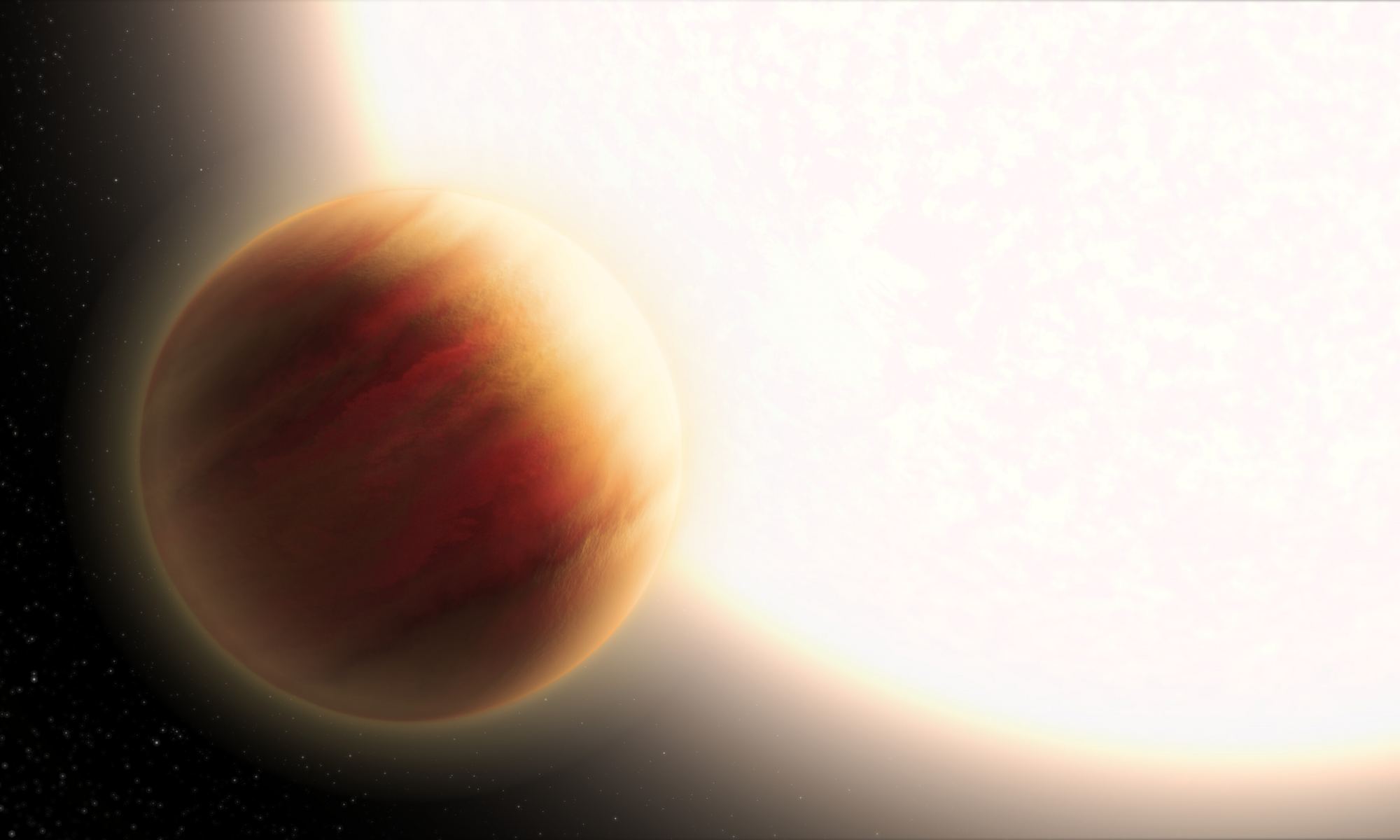Star clusters tend to host more hot Jupiters than average, but why? A team of astronomers have proposed a new solution, and it involves a lot of swapping of stellar neighbors.
When astronomers first began studying exoplanets they were surprised to find an entirely new class of object. These are the so-called hot Jupiters, which are planets the size of Jupiter orbiting closer to their star than Mercury does around the Sun. As the name suggests, this proximity greatly increases their temperatures. This causes them to become bloated and extended, and in some cases even rain iron.
Overall hot Jupiter are relatively rare. Only roughly 1% of stars with planets host one. But in star clusters the percentage is much higher. Hot Jupiters seem to be several times more common in star clusters than average.
A team of astronomers have put together an analysis that they believe is able to explain why star clusters host more hot Jupiters. The key is that stars in a cluster are packed together much more closely than average. They are so close that stars are bound to interact with their neighbors in some capacity. In some cases they can even capture one of their neighbors into an orbit. So even though the stars formed initially as solitary objects, they can become binary systems.
The astronomers found that if this capture happens in early enough times during the planet formation process, it can lead to a hot Jupiter. If a Jupiter-size planet is forming around a star, and that star captures a neighbor, the gravitational influence of that neighbor can start to stretch the orbit of the planet.
As the orbit of the planet stretches it becomes more and more elliptical. The furthest point of the orbit gets more distant from the star, while the nearest point gets closer. Eventually if the planet swings too close to the star it can get captured in a brand new orbit, and the normal giant planet now becomes a hot Jupiter.
The astronomers found that this happens to about 2% of the stars in a cluster. However to create a hot Jupiter you need a special set of circumstances, as the orbit has to get close…but not too close. About 4% of the time the astronomers found that the gravitational disruptions simply send the planet flying right into the face of its star, obliterating it .
Overall the astronomers found that if giant planets form around 10% of the stars, then in about a billion years there will be enough interactions in a star cluster to trigger the migration that turns a giant planet into a hot Jupiter. Since these interactions rarely happen outside of star clusters, this can largely explain why hot Jupiters are more common inside them.

